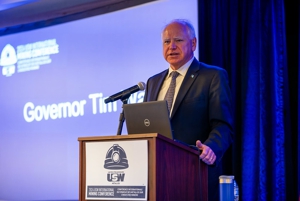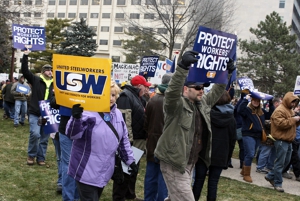January 11, 2014
Oops, So Much for the Right-Wing Arguments Against Paid Sick Leave
The key findings of the study include:
- Employee turnover was reduced 3.3%.
- Sick employees coming to work sick was reduced 18.8%.
- Illness was spread 14.8% less often than before the law.
- Productivity increased 14.9%.
- Morale, motivation and loyalty increased among employees (according to their employers).
- Payroll costs increased by 3% or more for only 10% of employers.
- Only 10.6% of employers reported reducing employee hours because of the law.
- Only 15.6% of employers reported increasing prices because of the law.
- Only 3.4% of employers reported reducing operating hours because of the law.
- Only 1.3% of employers reported reduced quality of service because of the law.
- Only 1.0% of employers reported reducing wages because of the law.
- A strong majority of employers were “very supportive” (39.5%) or “somewhat supportive” (37.0%) of the law a year-and-a-half after it went into effect.
- The law covers about 400,000 workers
- The law had minimal impact on employers that already offered paid sick days.
- Little abuse of the system has been reported by employers.
- Paid sick day coverage increased from 88.5% of employers to 93.7% that offer five or more paid sick days annually.
- The number of paid sick days offered to all employees rose from an average of 6.9 days to 7.7 days.
- About two-thirds of eligible workers used paid sick days, with an average of four days used per year.
- Unionized employers were half as likely to report cost increases because of the law (compared to nonunion employers).
***
This has been reposted from the AFL-CIO.
By clicking Sign Up you're confirming that you agree with our Terms and Conditions.
Related Blogs
Ready to make a difference?
Are you and your coworkers ready to negotiate together for bigger paychecks, stronger benefits and better lives?

